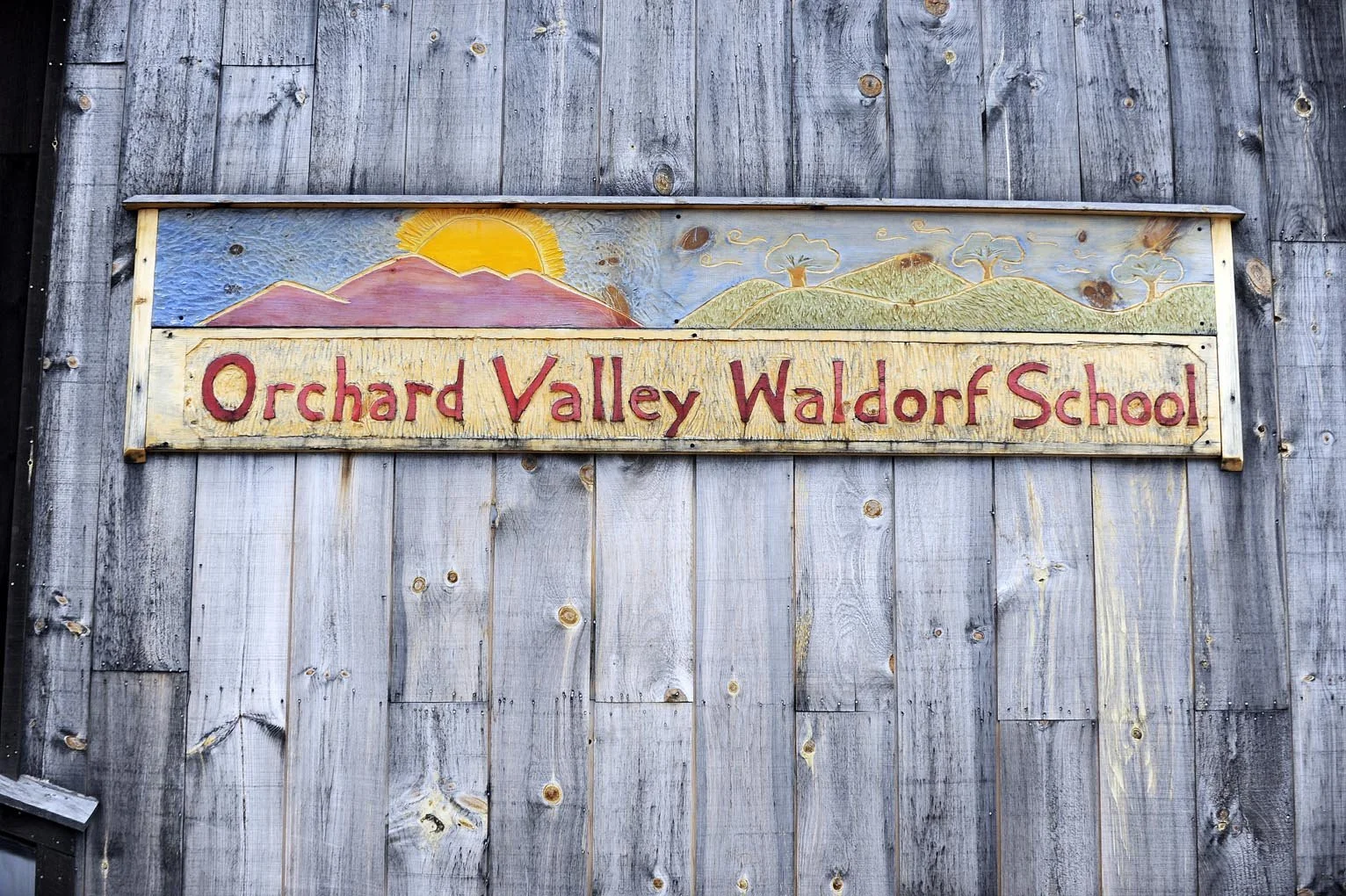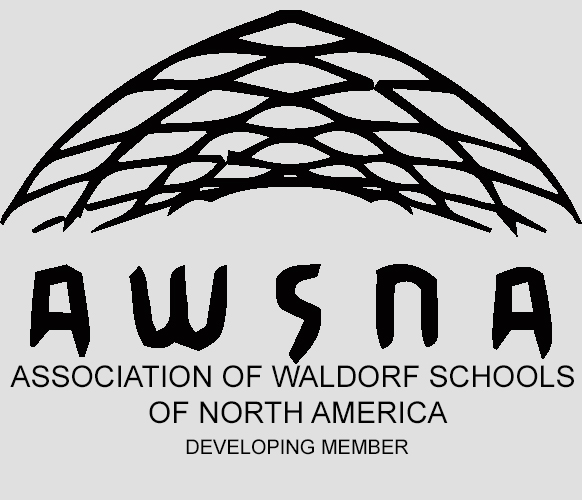From Grade 2/3 Mentor, Mary Fettig. Mary is a long-time Waldorf teacher working with new grades teacher Laurie Kozar this year.
Cursive writing is traditionally taught in Waldorf schools in grades two or three. After an imaginative introduction to the alphabet given in grade one, students are then ready for more writing challenges, and writing in script, known as cursive writing, allows them to work with greater speed and dexterity.
But cursive writing is so much more than that! It is a brain builder. Neurologically, learning to write in script, verses printing or keyboarding, strengthens eye-hand coordination, aids in visual and tactile coordination, and builds lifelong muscle memory. Since all lowercase letters begin at the same baseline, it is less difficult for students to reverse their letters. The spacing of words is controlled by the lifting of the pencil as each word is finished, thus helping students to see the form of words and the natural pauses in our language.
Studies have found that writing in script, since it is faster, has a direct correlation to future essay writing, as the student is able to get ideas out and onto the paper more rapidly. Writing in script boosts cognitive development by supporting functional specialization--the capacity for optimal efficiency. Also, with all the looping and crossing over in cursive writing, pathways between the left and right sides of the brain are opened up and reinforced.
Let’s not leave out historians who cite the importance of cursive writing as it is needed to read historical documents. Lastly, it is truly an art form, one that we should not let fall to the wayside. A handwritten note is a treasure as any parent or grandparent can attest to. A will-building, brain-building activity that helps unite us is a win-win for all.






